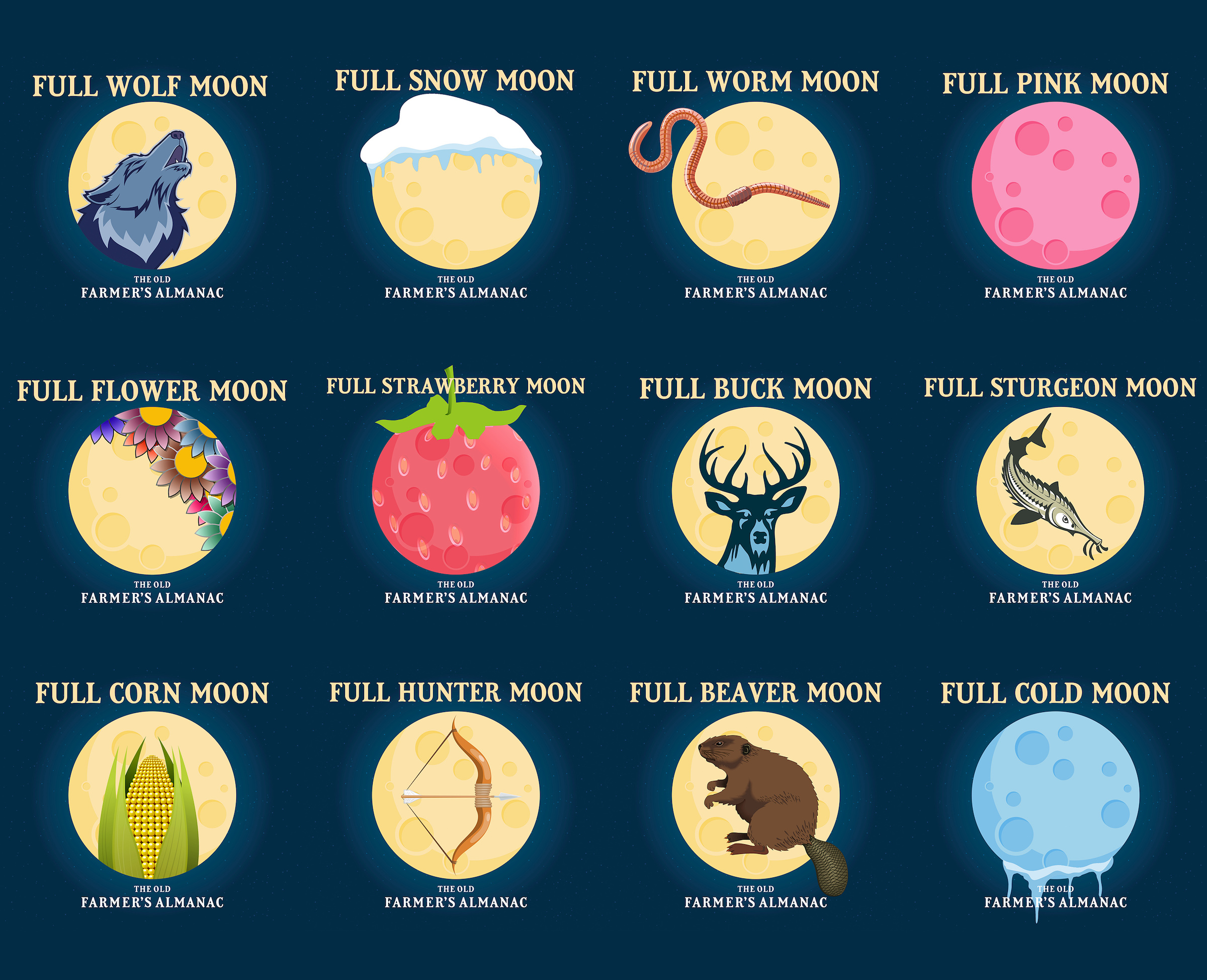

While many people find dream catchers beautiful and the protective intention behind them compelling, they’ve caused some controversy over the years. During the Pan-Indian movement of the late 20th century, when many tribes of indigenous peoples sought unity for cultural stability, the dream catcher became widely associated with many different Native tribes and nations. The dream catcher is meant to filter the bad ideas of society from the good, leading the people to achieve their dreams and visions. In Lakota culture, dream catchers represent “the web of life,” with its many good and bad choices. The Lakota have their own dream catcher legend associated with a trickster god, Iktomi, who often appeared in the form of a spider. Dream catchers became a proxy for Asibikaashi as the Ojibwe nation spread over a larger geographical region, a tool hung over children’s beds to capture any bad or evil before it could cause harm.Īs Western tribes gradually contacted one another through trade and intermarriage, the dream catcher legend permeated other cultures. Traditionally made from a willow branch hoop, nettle fiber or sinew, and decorations such as beads and feathers, the origins of the dream catcher are associated with a figure from Ojibwe mythology known as Asibikaashi, or “the Spider Woman.” This mother-figure was a protector of the people, especially children. Protective fetishes (objects believed to have special powers) appear in numerous indigenous cultures, but the dream catcher typically associated with Native Americans originated in the Ojibwe (Chippewa) culture. Despite this polarization, the origins of the dream catcher and the beliefs surrounding it remain a fascinating part of American history. While some see it as a symbol of unity among tribes, others feel the dream catcher has become misappropriated and over-commercialized.

However, the real story behind dream catchers is a little more complex. It’s commonly believed that the iconic hoop-and-web form is meant to protect sleepers from bad dreams by “catching” them, while letting good dreams pass through, hence the name. The dream catcher is one of the most enduring and widespread symbols associated with Native American culture.


 0 kommentar(er)
0 kommentar(er)
